With the advancement of Industry 4.0, intelligent film slitting machines are completely changing the production mode of traditional film slitting with remote monitoring and automatic alarm functions. Compared with the old equipment that relies on manual experience, the new generation of intelligent slitting machine has achieved a qualitative leap in efficiency, precision, safety and management methods.
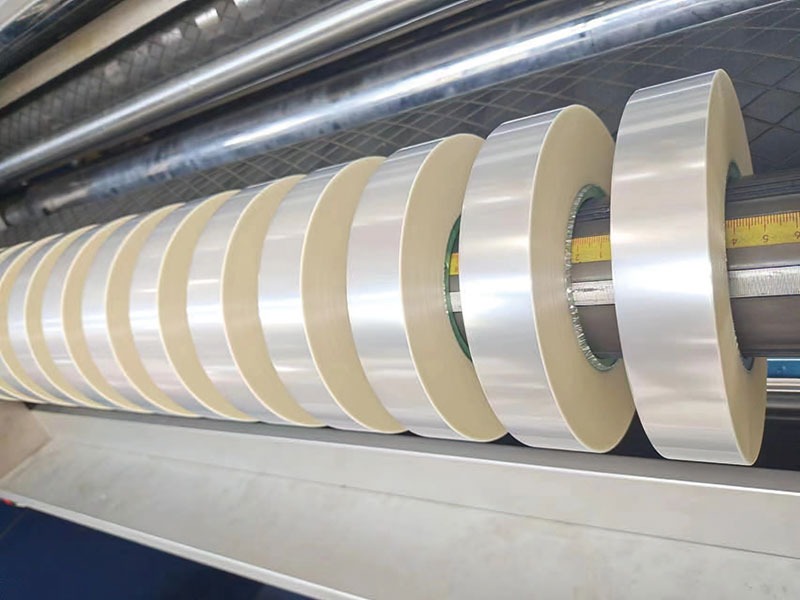
Comparison of the pain points of traditional slitting vs intelligent slitting
| pain point | Traditional slitting machine | Intelligent slitting machine |
| Artificial dependency | Parameters need to be adjusted by an experienced operator | AI automatically optimizes tension and speed to reduce human intervention |
| Accuracy issues | It is prone to burrs, serpentine lines, and size deviations | Laser thickness measurement + closed-loop control, with an accuracy of ±0.01mm |
| Failure response | Relying on manual inspection, the downtime is long | Real-time monitoring + automatic alarm, early warning of failures |
| Data management | Paper records, difficult to trace | The cloud stores production data and supports intelligent analysis |
| Waste of energy consumption | Constant power operation with high energy consumption | Intelligent speed regulation + energy-saving mode, power saving 20%+ |
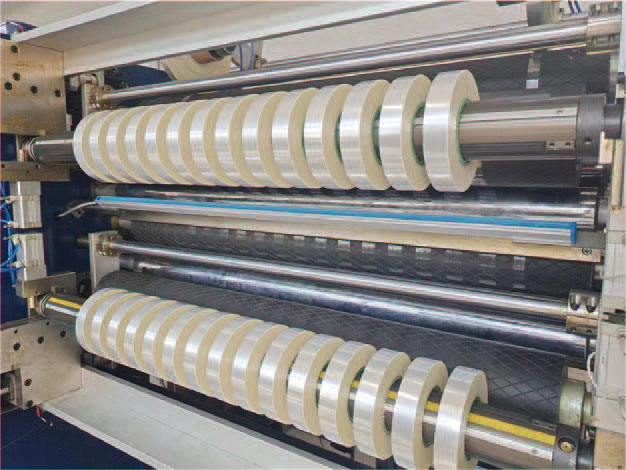
The core advantages of intelligent film slitting machine
1. Remote monitoring: real-time control of production data
• Mobile/computer viewing: Managers can remotely monitor equipment status, production progress, and energy consumption data.
• Historical data storage: automatic recording of slitting parameters and fault logs for quality traceability.
• Multi-machine collaborative management: support the networking of multiple devices, centralized control, and optimize production scheduling.
2. Automatic alarm: reduce unplanned downtime
• Monitoring of critical components (e.g. insert wear, bearing temperature, tension anomalies)
• AI predictive maintenance: Analyze vibration, current, and other data to warn potential faults in advance.
• Hierarchical alarm mechanism (minor abnormality→ warning / automatic shutdown → major failure)
3. Intelligent optimization: improve the quality of slitting
• Automatic web correction system: reduce film mistracking and reduce scrap rate.
• Adaptive tension control: automatically adjusts according to material properties to avoid tensile deformation.
• One-click specification change: store different product parameters, and switch production more quickly.
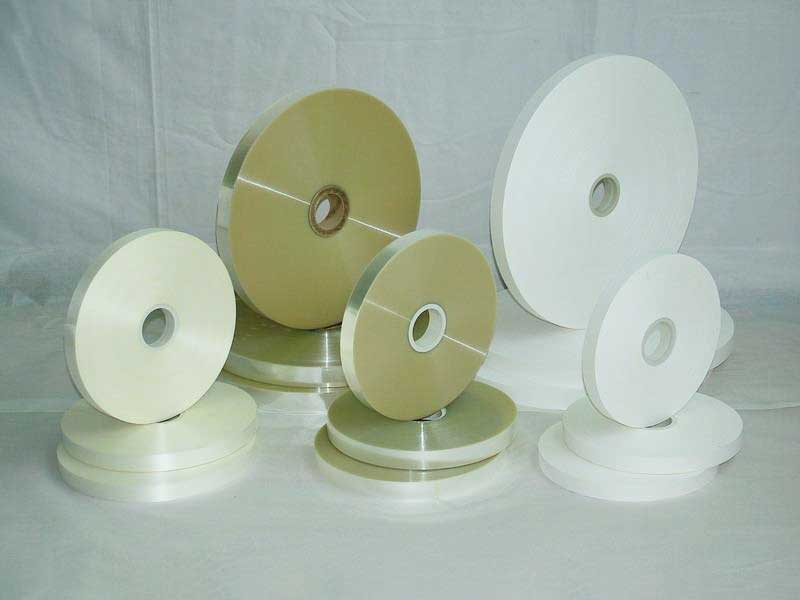
Industry application cases
After a flexible packaging company introduced an intelligent slitting machine:
✅ 40% increase in productivity (automatic parameter adjustment, reduced commissioning time)
✅ Scrap rate reduced from 5% to 0.8% (high-precision slitting + automatic web correction)
✅ 30% reduction in O&M costs (predictive maintenance reduces sudden failures)
✅ Support 24-hour unmanned production (remote monitoring + automatic alarm to ensure stable operation)
Future trend: smarter and more flexible
1. AI visual inspection: automatically identify film defects and classify and reject defective products.
2. Digital Twin: Virtual simulation optimizes the cutting scheme and reduces the loss of the test machine.
3. Blockchain traceability: record the production data of each roll of film to improve the transparency of the supply chain.
conclusion
Through remote monitoring + automatic alarm, the intelligent film slitting machine not only solves the problem of inefficiency and high loss of traditional slitting, but also provides enterprises with a data-based, unmanned and high-precision production plan, which has become an inevitable choice for the upgrading of the film processing industry.
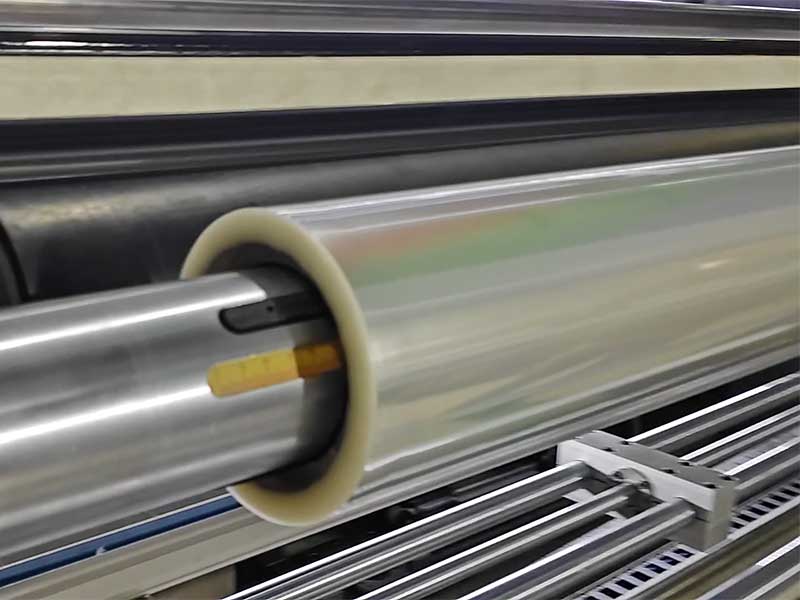
The intelligent control design of the new generation of film slitting machine represents the transformation of industrial equipment from "tool" to "partner".
20. December, 2025
Achieving continuous 1,000 hours of trouble-free operation requires not only systematic technical upgrades, but also all-round innovation from design concept to maintenance strategy.
20. December, 2025
In the face of a dazzling array of models on the market, how to make informed decisions when purchasing?
20. December, 2025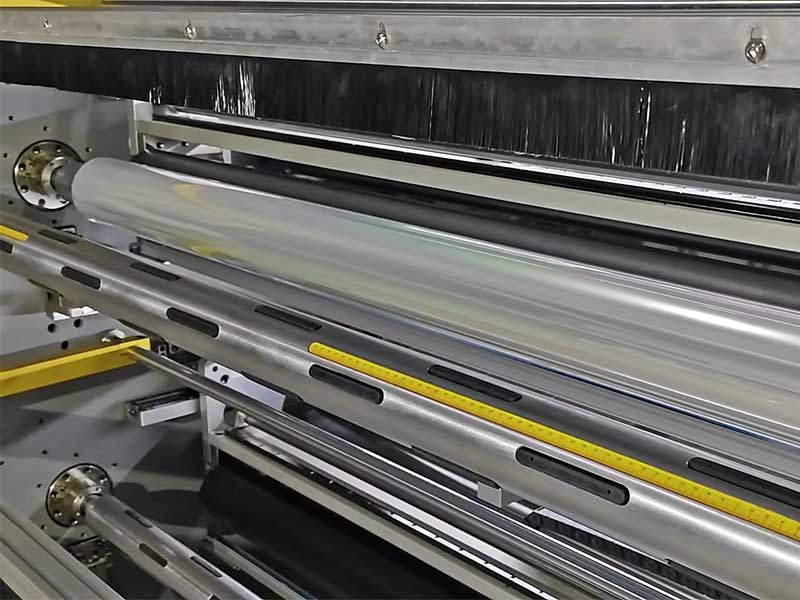
These film materials need to be precisely cut into different widths during the production process to meet the needs of various models and components.
10. December, 2025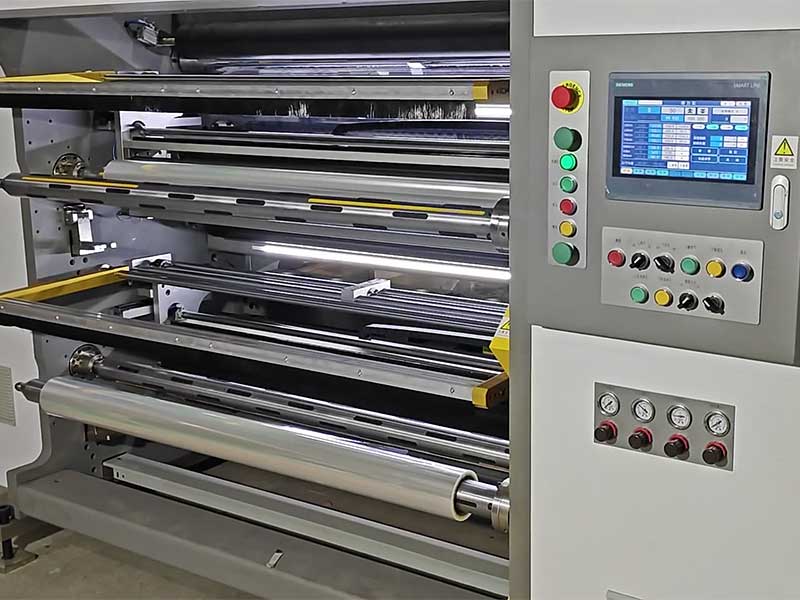
The automotive film slitting machine, an increasingly intelligent "cutting knife", is accurately cutting out redundant costs, inefficient processes and backward production methods.
10. December, 2025